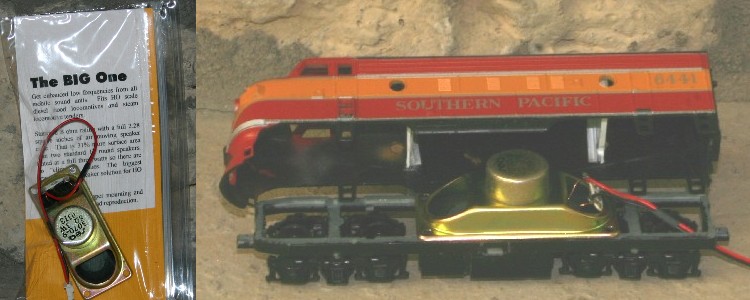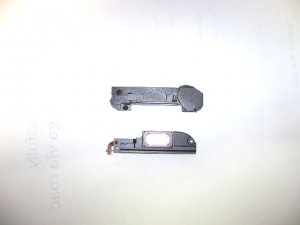Hi all,
As the title implies i am after taking some decisions about some F unit consists i plan to convert from DC to DCC.
In particular, all are Genesis units and the two consists i will be having are ABBBA and AABBA. Middle B unit in the consist ABBBA is a dummy.
I was wondering if it is a good idea not to have a sound decoder in every unit and instead do the following:
1. A units having sound decoders, loaded with E8/9 dual 567 sound files, B units having motor only decoders. the odd A unit in the AABBA consist will have a sound decoder loaded with a typical F series single 567 sound file.
2. Another possibility i am considering in addition to point 1. is to add speakers to the B units before/after A units, permanently couple them together and essentially having AB units with 3-4 speakers in total.
These are my thoughts to which i would much appreciate your feedback from similar experiences.
For consists of freight trains with 2 GP units, i plan to have sound in both units so that i can have the freedom to separate them and mix/match at will. The passenger F's though will be more or less in two AB pairs, one B dummy and one A unit.
Based on the above i am trying to see if i can get a more economical and more importantly less power-demanding consist for a 3A DCC system. In the layout i plan to have more or less 2 trains at the same time max. A 2-3 GP freight and the ABBBA passenger with 11 lighted cars (13 cars in total).
Many thanks in advance for your time and replies.
Yannis
As the title implies i am after taking some decisions about some F unit consists i plan to convert from DC to DCC.
In particular, all are Genesis units and the two consists i will be having are ABBBA and AABBA. Middle B unit in the consist ABBBA is a dummy.
I was wondering if it is a good idea not to have a sound decoder in every unit and instead do the following:
1. A units having sound decoders, loaded with E8/9 dual 567 sound files, B units having motor only decoders. the odd A unit in the AABBA consist will have a sound decoder loaded with a typical F series single 567 sound file.
2. Another possibility i am considering in addition to point 1. is to add speakers to the B units before/after A units, permanently couple them together and essentially having AB units with 3-4 speakers in total.
These are my thoughts to which i would much appreciate your feedback from similar experiences.
For consists of freight trains with 2 GP units, i plan to have sound in both units so that i can have the freedom to separate them and mix/match at will. The passenger F's though will be more or less in two AB pairs, one B dummy and one A unit.
Based on the above i am trying to see if i can get a more economical and more importantly less power-demanding consist for a 3A DCC system. In the layout i plan to have more or less 2 trains at the same time max. A 2-3 GP freight and the ABBBA passenger with 11 lighted cars (13 cars in total).
Many thanks in advance for your time and replies.
Yannis



